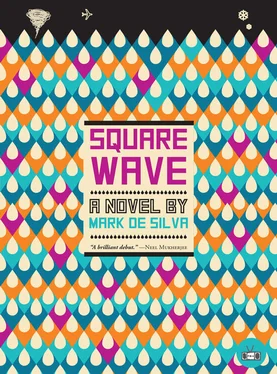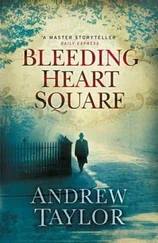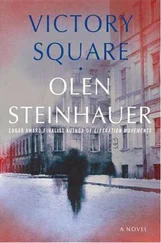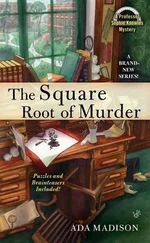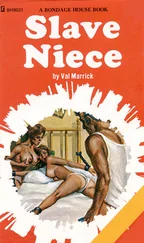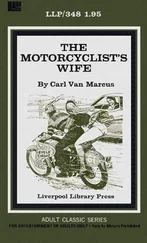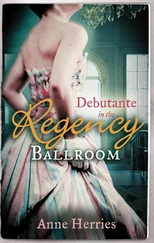Stagg searched the remaining paper-clipped bundles for one that might serve as an epilogue, or one that might be collided with the rest, to react it. But before he could choose, or choose to finish where he was, a strong, quick clapping, the work of a single pair of hands, came from the back. It was Kames.
Soon there were other hands. The noise swelled. Judging by the space between Kames’s hands, the great width of his clap, it was his applause that was most vigorous. It was the kind reserved for finales, though, not intermissions. He might have been trying to save everyone from embarrassment, Stagg’s talk was so peculiar. And the crowd, bemused by the lecture, followed the director’s lead. Stagg couldn’t continue now, though perhaps he wouldn’t have wanted to. Kames might have understood all he needed to, about Stagg and his dividedness, and about himself. There was no need for endings.
The director’s face was out of sync with his hands, though. It failed to express, or even simulate, quite the same pleasure. That didn’t mean he took none. He might have evinced another pleasure, or several even, but if so they were of subtler sorts, not the ones of airy eyes and upturned mouths, slightly ajar, with teeth shining within, also ajar. What else, besides pleasure, was in that face? Recognition, Stagg hoped. Kames more than anyone should know that in a scattered world, everything hinged on your capacity to put the pieces together.
The clapping peaked. Normally at these talks Kames would be walking up the aisle to the microphone near the stage to moderate questions. But he remained where he was until the clapping died. Stagg sucked in his lower lip and gave two quick nods to no one. He left the pages on the lectern. Kames could study them later if he liked, for the niceties he had encoded in them. He snatched the folio, pinching it from the foldover, and strode off stage with the unknotted leather string dangling.
“I was sure we wouldn’t have these for a long while,” the lab director said. “Nice to get them so soon, put them to work. Federal approval’s been simpler than usual too.”
“Because the storm’s so big,” Ravan said.
“And so fast. I think we just have days now. A clear category five. But it’s also because of what they saw you and your brother demo in Death Valley. I can tell you from watching it from here, it was shock and awe.” He spread the emphasis evenly across the last three of these words in a way that didn’t neutralize it.
Men wearing the orange and black of Princeton Tigers wheeled the metal cabinets across a bare concrete floor polished to such a smoothness it seemed wet to walk on. The director’s leather soles made a crack with each contact and then slid along the surface, failing to find purchase as he put his weight on them. Ravan’s topsiders and the sneakers of the workers did better, silently.
Each cabinet was loaded with weather rockets, twelve of them, settled in the u-shaped grooves of the steel matrices within. The storage space amounted to a vault recessed into the far wall, held at sixty-three degrees Fahrenheit.
Ravan spent his days just on the other side of that wall, plowing through masses of figures, checking the ideality of simulations against the raw jags of the world. The data came from tests carried out in the airless heat of Nevada; the frost of Idaho (he’d seen twin blizzards induced in October); and, just recently, the simmering wet of Florida’s Everglades, on light storms rolling in off the coast.
Trajectories, temperatures, displacements, and payloads, a cocktail of reagents forever recalibrated: thirty-four primary variables in all, collated by proprietary software engineered in the atmospheric labs of his father and brother in India.
After several years away from the daily details of weather research, Ravan’s handle on the intricacies of the software’s algorithms paled next to theirs, and even next to some of his colleagues in the Princeton labs. Yet his easy way with mathematics, especially his natural bent for ratios, semblances, pairings and functions, and most of all divergences (latent or nascent), was enough to make him essential to the lab. He was fast, and with the storm approaching, speed is what they needed most.
The director looked over the phalanxes of rockets as the two walked alongside the men rolling the last of the cabinets into place.
“Amazing that we have these now, Ravan. Something so concrete.”
“And semi-predictable.”
“All our research, it’s already being taken more seriously now, after Death Valley. That there can be productive yields in our lifetime, that it’s not just speculation anymore,” he said. “Now, I just hope your father’s rockets work as well over the ocean as they do in the desert.”
“Well, you’ve seen the footage from India,” Ravan said.
“I have. Though nothing’s as convincing as a live performance. But I guess you were there for those trials too.”
“For one of them, the first. We burst a monsoon just off the northeastern coast. By landfall it had totally bled out. By the time it reached the Ghats, this trivial thing was left, not even a drizzle so much as a mist just heavy enough to fall rather than hang. It felt like Disneyland in the summer, all that mist. They’ve done that twice since. So why not a hurricane like this.”
“Why not.”
“There’ve been failures, of course. More of them than successes. I’ve told you all this. But we have yet to make a storm worse.”
“Of course. And all the usual precautions are being taken anyway. Halsley’s surge barriers too, which might be adequate by themselves, we don’t know. But if we can stop this storm from even making landfall, well, why test the barriers? Not making the storm worse is really all NOAA is asking of us. The rest is hope. Intelligent hope, though. That’s the big change.”
“It’s more than hope. The conditions here are colder, but I don’t think that will alter the action of the cocktail, introduced the right way. Menar doesn’t either. I think we can count on changing things.”
Ravan fingered the triad, his thumb climbing over the back of the sanded fingerboard barren of frets, to stop the low E string. He ran his nails across the strings with his other hand and something like a minor chord came from the tiny practice amp in clean, reverbed tones. There were several beatings between notes, long and slow. He resolved them without lifting his fingers. Instead he simply leaned them up or down the board, a shifting of weight more than a change of position. The tones bonded and the chord, till then something small and discrete, appeared to emanate from the room itself rather than anything in it.
The chirp of Skype accented the third of the chord. Ravan tapped the mouse and one of the Disintegration Loops , an etiolated six-note specter of a piece, an echo stripped of its origins, resumed on the loop he’d set up. He’d let it run all through the night, many times through. He dreamed through it.
The black of the sleeping computer screen was replaced by his brother’s face, and beneath it, a smaller face, less formed: Menar’s son’s.
“Ravan,” Menar said, just before the child lodged his fingers and much of his hand in his father’s mouth. He coaxed the hand back out. “You have the shipment now, yeah. How did it all look? And what is that?”
“What are you seeing?” Ravan asked, looking down at the guitar still in his lap.
“No, the sound. Can you turn that down?”
Ravan nudged the slider partway down with the mouse.
“Actually can you turn it off?”
“Don’t you like it?”
“So this is what’s become of music, is it?”
“You can hear me fine it looks like.”
Читать дальше
